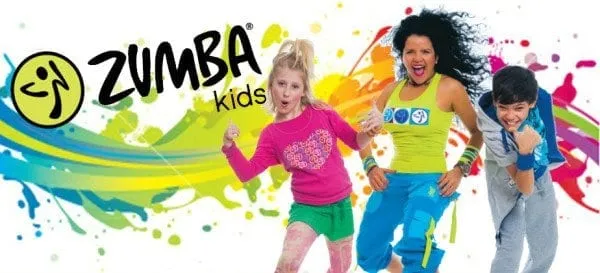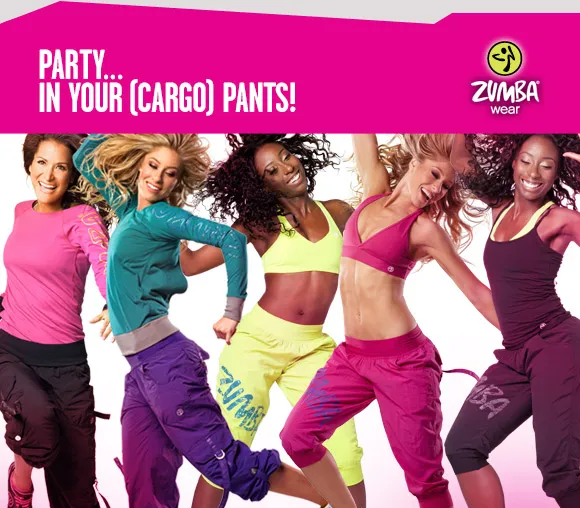
With moves that look more at place in a club than the gym, Zumba has taken the world by storm.

The idea of Zumba came about in the mid 1990s, where the creator of Zumba, Beto Perez was said to have improvised an aerobics class with salsa music, and found out that it worked great together.
What sort of marketing strategy turned such a simple idea into such a huge phenomenon?

The moves are simple, dance-like moves that seem worlds apart from the normal (and exhausting!) jumping movements associated with aerobics.
One thing about Zumba that most fans stress is that there are a wide variety of workouts you can do – from a slower salsa song with easier moves, to a bouncy pop hit that gets you sweating within minutes. Having access to workout planner templates can help individuals plan these varied workouts in advance, ensuring they can enjoy the range of movements Zumba offers while staying on track with their fitness goals.
And there are even specific tiers – the website details different programs like Zumba Gold, for older adults looking for a less vigorous workout to even Zumba Kids, for children 7-11.

Because of the fun dance moves, workouts feel more like a party, while still helping to keep you fit and healthy! Which leads to the second point…
Often people give up on workouts because they end up lacking willpower – however, as Zumba is meant to be a communal affair, your friends help to keep you in check.
Zumba fans often say that Zumba is like a great unwinding activity at the end of a crazy day, and they look forward to dancing with their friends and keeping fit both emotionally and physically.
Friends also invite each other to Zumba as something to do for fun, which also helps with word-of-mouth in the best way.

Zumba works by making trainers go through Zumba training from licensed fitness centres and certificate, which is pretty easy considering there are 200,000 locations all over in the world.
Therefore, Zumba enthusiasts can easily be part of the eco-system and ‘give back’ to the Zumba community by being trainers themselves. This creates a "progression dynamic" where people stay engaged because there's almost more to do.
There are also Zumba-brand clothing and accessories, which really helps to emphasize that this isn’t any normal aerobic activity – this is Zumba.

From homemade Zumba videos to large, active Facebook groups, even if you don’t know anyone at the start of Zumba, you’re bound to make friends eventually!
Many classes have ‘open’ concepts that allow people to try for trial classes, to bring their friends and so on.
Not only must the basic idea and structure be unique, fun with low barriers to entry, activities like these need sustainability – and Zumba does this by widening the opportunities by...
It's worth comparing Zumba with CrossFit. Both have strong communities built around a unique idea. Zumba is more casual while CrossFit is more intense, so both cater to different sectors of the exercise market. Yet the fundamental principles that drive both word-of-mouth phenomena are the same.
______
Read Next: How CrossFit Became A Worldwide Craze Through Word-of-Mouth
Melody is a history major and part of the pioneer batch of Yale-NUS College. She hopes to be able to bring forgotten historical narratives back to life, and learn how to make the perfect latte.
Grow your sales at a ridiculously
lower CAC.